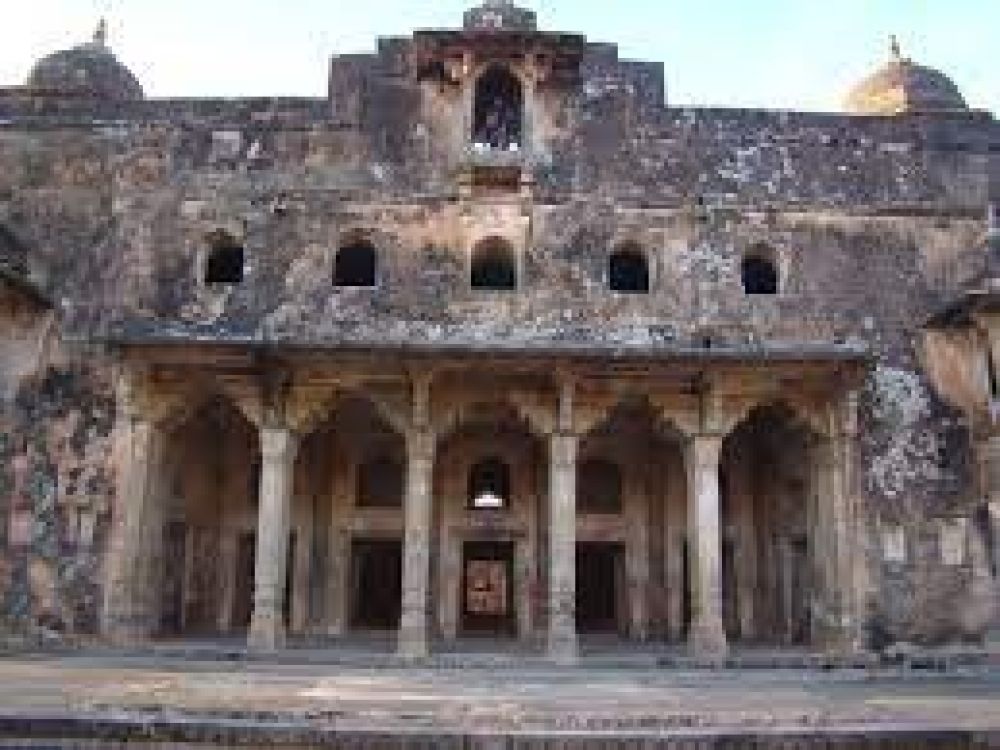

Located in the heart of India's historical landscape, the Rohtasgarh Fort is a silent sentinel perched on the Kaimur Hills in Sasaram, Bihar. This formidable stronghold has been a witness to the ebbs and flows of Indian history, encapsulating tales of valor and endurance within its walls. Today, it stands not only as an important historical monument but also as an emerging tourist attraction, drawing visitors from near and far to witness its grandeur.
The Rohtasgarh Fort, believed to have been built in the 7th century, has a rich history that spans across various dynasties and eras. The fortifications were initially established by the Pratihara dynasty, and it was later strengthened by the subsequent rulers. However, the most notable period in the fort's history was under the governance of Sher Shah Suri in the 16th century, who took control after a deceitful yet tactful negotiation with a Mughal governor.
Over the centuries, the fort has passed through the hands of several empires, including the Hindu Shahis, the Ghurids, the Mughals, and eventually the British Raj. The fort's strategic location and its impregnable defenses made it a coveted stronghold among these ruling powers. Despite the many battles and sieges it endured, the Rohtasgarh Fort has stood the test of time and remains one of the most impressive forts in the Indian subcontinent.
Despite its historical significance, the Rohtasgarh Fort remained relatively untouched by the waves of mass tourism for many years. However, the growth of interest in India's heritage and culture led to increased visitor numbers in recent years. Efforts by government agencies and local bodies to promote the fort have gradually placed it on the map as a must-visit for history enthusiasts and travelers seeking out the path less trodden.
The fort's architecture, with its impressive gates, walls, and the ruins of ancient structures, is a haven for photographers and scholars alike. Sites within the fort such as Aina Mahal, Habsh Khan's mausoleum, and the hanging house 'Jama Masjid' are particular points of interest. In addition, the fort offers panoramic views of the surrounding countryside, rendering it a picturesque escape for nature lovers.
With sustainable and experiential travel becoming the latest tourism trend, visitors to the Rohtasgarh Fort are often looking for authentic experiences that go beyond mere sightseeing. Local guides provide insightful narratives that bring the fort's history to life, while eco-friendly tours are being developed to ensure a minimal environmental footprint.
Furthermore, the concept of community involvement in tourism is gaining traction. This approach benefits the local economy and provides a more immersive experience for tourists. The local cuisine, craft, and culture of Sasaram are being integrated into the tourist experience, enriching visitors' understanding of the area's heritage.
Cultural events and festivals are also becoming part of the tourism offer, with performances and fairs conducted at or near the fort, illuminating its historical backdrop.
The Rohtasgarh Fort is slowly transforming from a mere historical oddity into a center of cultural exchange, a place where the past meets the present, and where visitors can journey through time within the walls of this ancient edifice. As tourism evolves, Rohtasgarh Fort's narrative continues to unfold, offering deeper, more meaningful connections to all who make the ascent to its mighty gates.